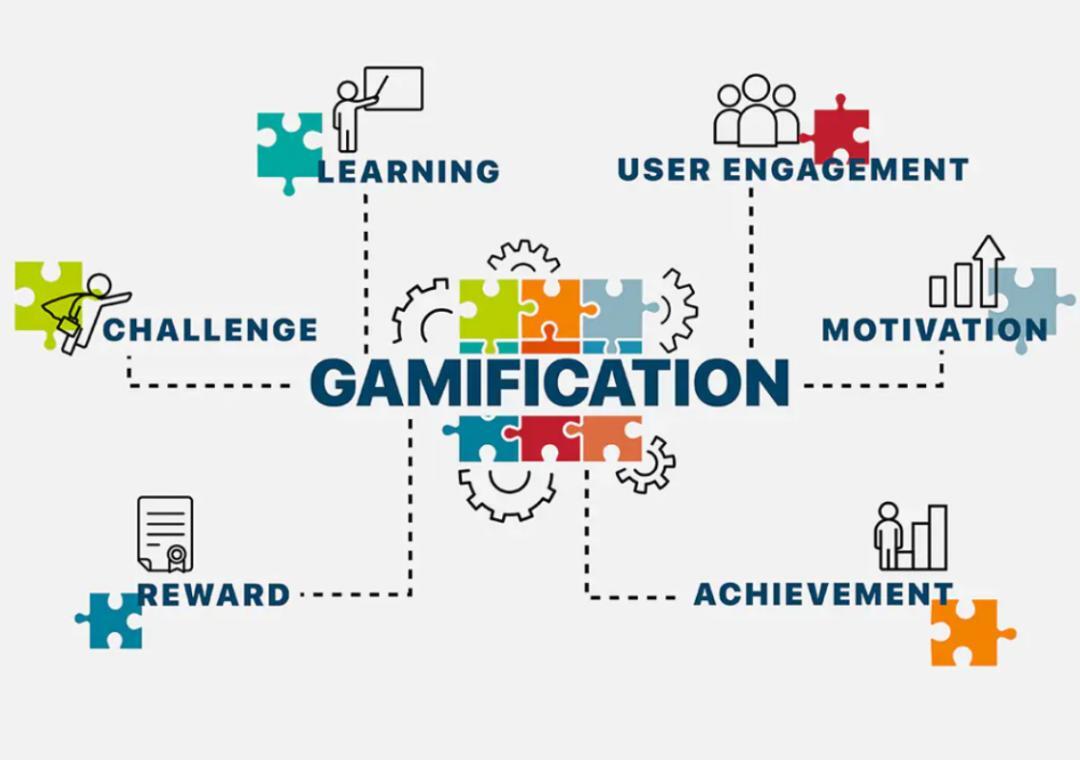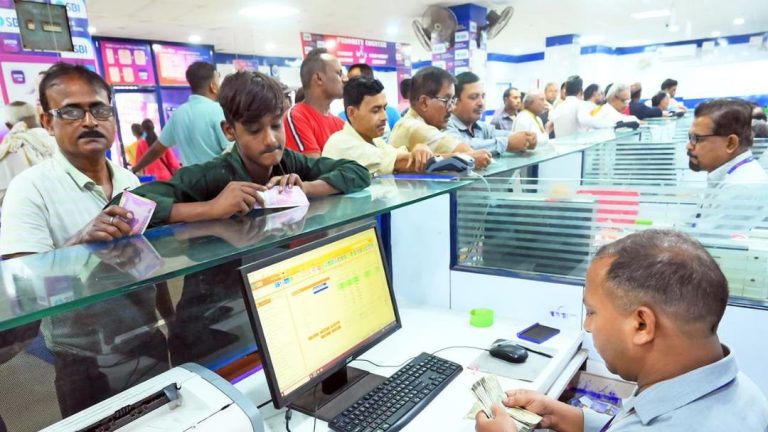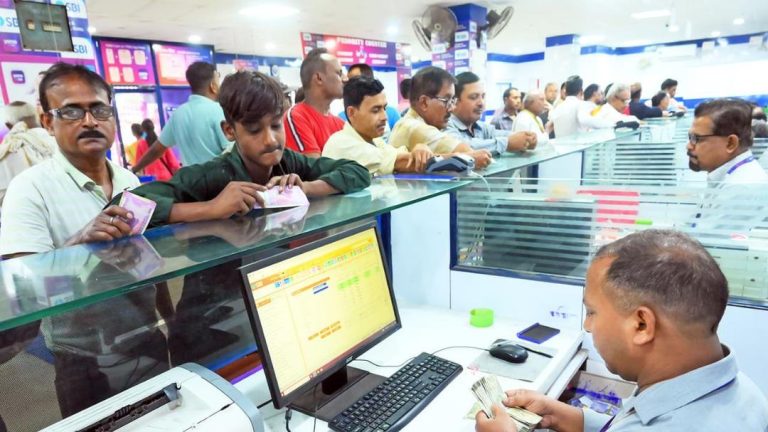
Can Game Design Boost User Engagement by 50%?
In today’s digital age, capturing and retaining user attention is a major challenge for businesses and organizations. With countless options available, users have the power to switch to a competitor with a click of a button. To combat this, companies are turning to an innovative strategy that has been proven to increase user engagement by up to 50%: gamification.
Gamification is the process of incorporating game design elements and mechanics into non-game contexts, such as educational platforms, retail loyalty programs, and social media apps. By leveraging users’ natural motivations for achievement and competition, gamification can drive repeat visits, conversions, and brand stickiness in a sustainable way.
In this post, we’ll explore the science behind gamification, its benefits, and real-world examples that demonstrate its impact on user engagement.
The Science Behind Gamification
Gamification taps into the human brain’s reward system, which is designed to respond to challenges, achievements, and social connections. When we engage in activities that provide a sense of accomplishment or recognition, our brain releases dopamine, a neurotransmitter associated with pleasure and motivation. This natural response is what drives us to repeat behaviors that yield rewards.
In the context of digital platforms, gamification elements like points, badges, and leaderboards trigger this same response. By incorporating these elements, developers can create a sense of anticipation, excitement, and competition among users, ultimately increasing their engagement and motivation to continue using the platform.
Benefits of Gamification
- Increased User Engagement: Gamification has been shown to increase user engagement by up to 50%. By providing a sense of challenge and reward, users are more likely to return to a platform and continue using it.
- Improved Retention: Gamification can also improve user retention rates. When users are engaged and motivated, they are more likely to continue using a platform over time.
- Enhanced User Experience: Gamification can enhance the overall user experience by providing a sense of excitement and anticipation. This can lead to increased satisfaction and loyalty among users.
- Data-Driven Insights: Gamification can also provide valuable insights into user behavior and preferences. By tracking user progress and interactions, developers can gain a deeper understanding of their audience and make data-driven decisions to improve the platform.
Real-World Examples of Gamification
- Duolingo: Duolingo is a popular language-learning app that uses gamification to encourage users to continue learning. Users earn points, badges, and leaderboard rankings as they progress through lessons, making language learning a fun and competitive experience.
- Fitbit: Fitbit is a fitness tracking app that uses gamification to encourage users to stay active. Users earn badges and rewards for reaching fitness milestones, such as completing a certain number of workouts or reaching a specific distance.
- Starbucks Rewards: Starbucks’ loyalty program uses gamification to reward customers for repeat purchases. Users earn points and badges for buying coffee, and can redeem these rewards for free drinks and treats.
- ClassDojo: ClassDojo is an educational app that uses gamification to encourage students to behave and learn. Teachers can assign points and rewards to students for good behavior, making the classroom a more positive and engaging environment.
How to Implement Gamification
- Identify Your Goals: The first step in implementing gamification is to identify your goals. What do you want to achieve? Do you want to increase user engagement, improve retention, or enhance the user experience?
- Choose the Right Elements: Once you’ve identified your goals, choose the right gamification elements to achieve them. Points, badges, and leaderboards are popular options, but you can also use other elements like challenges, quests, and rewards.
- Make it Relevant: Make sure the gamification elements are relevant to your users’ interests and motivations. For example, if you’re creating a fitness app, you might use elements like workouts, challenges, and rewards to encourage users to stay active.
- Keep it Simple: Finally, keep the gamification elements simple and easy to understand. Avoid overwhelming users with too many options or complex rules.
Conclusion
Gamification is a powerful tool for increasing user engagement and retention in digital platforms. By tapping into users’ natural motivations for achievement and competition, gamification can drive repeat visits, conversions, and brand stickiness in a sustainable way. Real-world examples from learning apps to retail loyalty programs demonstrate the impact of gamification on user engagement, and with the right strategy, you can harness its power to boost your own user engagement by up to 50%.
References:






